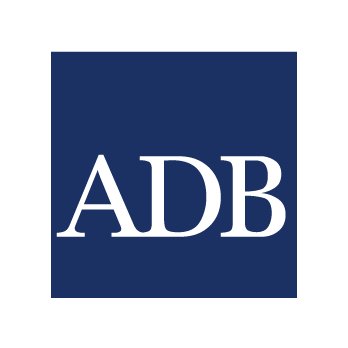New ADB tool offers roadmap to unblock supplies of life-saving products
The novel coronavirus disease (COVID-19) pandemic has exposed deep and dangerous fault lines in global supply chains. A telling impact is the shortage in many countries of life-saving medical equipment such as ventilators. As countries entered lockdowns to contain the virus, healthcare authorities and governments were left scrambling to find the products they needed.
Those efforts have been hampered by a lack of readily accessible information on supply chains for these crucial products. ADB’s Trade Finance Program and Supply Chain Finance Program is helping resolve this through a new online tool which maps these supply chains, allowing governments, banks, investors, and healthcare professionals to pinpoint companies making these products and intervene to clear any blockages.
“This way, a fault somewhere along the supply chain can be fixed,” said ADB’s Head of Trade and Supply Chain Finance Steven Beck. “Banks or investors can fund a company struggling to meet increased demand.”
Shining a spotlight on blocked supply chains
In the early days of the virus as health systems, governments, and international organizations realized they needed to start ramping up their stocks of goods like portable ventilators, it soon became clear that a key obstacle was a lack of clear understanding of who made what in the supply chains for those products.
Even the banks didn’t have a full picture of whether the companies they worked with were involved in the supply lines.
“That kind of information wasn’t available in a way that would make it easy for someone to address problems that might arise,” said Beck. “We decided to see if that was something we could do.”
The solution was an interactive mapping tool for the supply chains of products vital to healthcare workers and others on the frontlines of the battle. The tool, launched in May, enables governments, banks, investors, and healthcare professionals to trace the companies that make every component in products such as portable ventilators, down to the metal and rubber that goes into each part.
As well as ventilators, the mapping tool includes the entire supply chains for N95 respirators, face shields, goggles, aprons, surgical masks, and gowns. Previously, the information on who makes which part for which product was available in piecemeal fashion. But this information had never been brought together in one database that would allow a quick search.
“When we heard about the issues with the supply chains, we started asking our bank partners which companies in their portfolios were involved in the supply chains for these products,” said Beck. “The idea was that we could help shine a spotlight on these supply chains and get help to where it was needed.”
A few clicks can pinpoint the problem
ADB’s trade and supply chain finance businesses are uniquely placed to address the economic and financial impacts of the pandemic, as they are in constant contact with banks and other stakeholders involved in global trade. ADB’s COVID-19 response includes direct support for trade through an $800 million increase in the trade finance lending limit to $2.15 billion.
By mobilizing private sector cofinancing and turning short-dated trade transactions over quickly—the average trade finance transaction is only 142 days—the $2.15 billion limit is expected to support over $5 billion in trade during 2020. A further $200 million of supply chain assistance has been made available for transactions supporting the fight against the pandemic.
Over a period of seven weeks from April 1, the trade finance program supported over 1,087 transactions valued at approximately $688 million, and supply chain support was extended for 19 medical or pharmaceutical transactions worth over $5.5 million.
The supply chain mapping initiative represents a new type of support from ADB’s trade and supply chain finance programs. It leverages the reach and agility of ADB’s financing operations to give unprecedented insights into problems along the supply line and speed their resolution.
For example, if a shortage of rubber gaskets is holding up production of ventilators, someone using the ADB tool could quickly look up the companies making those gaskets. With a few clicks, they could see information detailing the size and turnover of those companies, their location, and how many people they employ.
They could tell whether those companies only make one particular gasket or whether gaskets are just a small part of their production. They could also see which banks the companies use, providing further information on how to dismantle barriers to financing.
“This mapping tool helps fill in the information deficit around supply chains and provides a template to ensure supply chain blockages don’t hold up responses to future outbreaks,” said Beck.
COVID-19 has exposed the shortcomings of global supply chains. The mapping tool is one way for countries to bridge these fault lines with information that can save lives.

